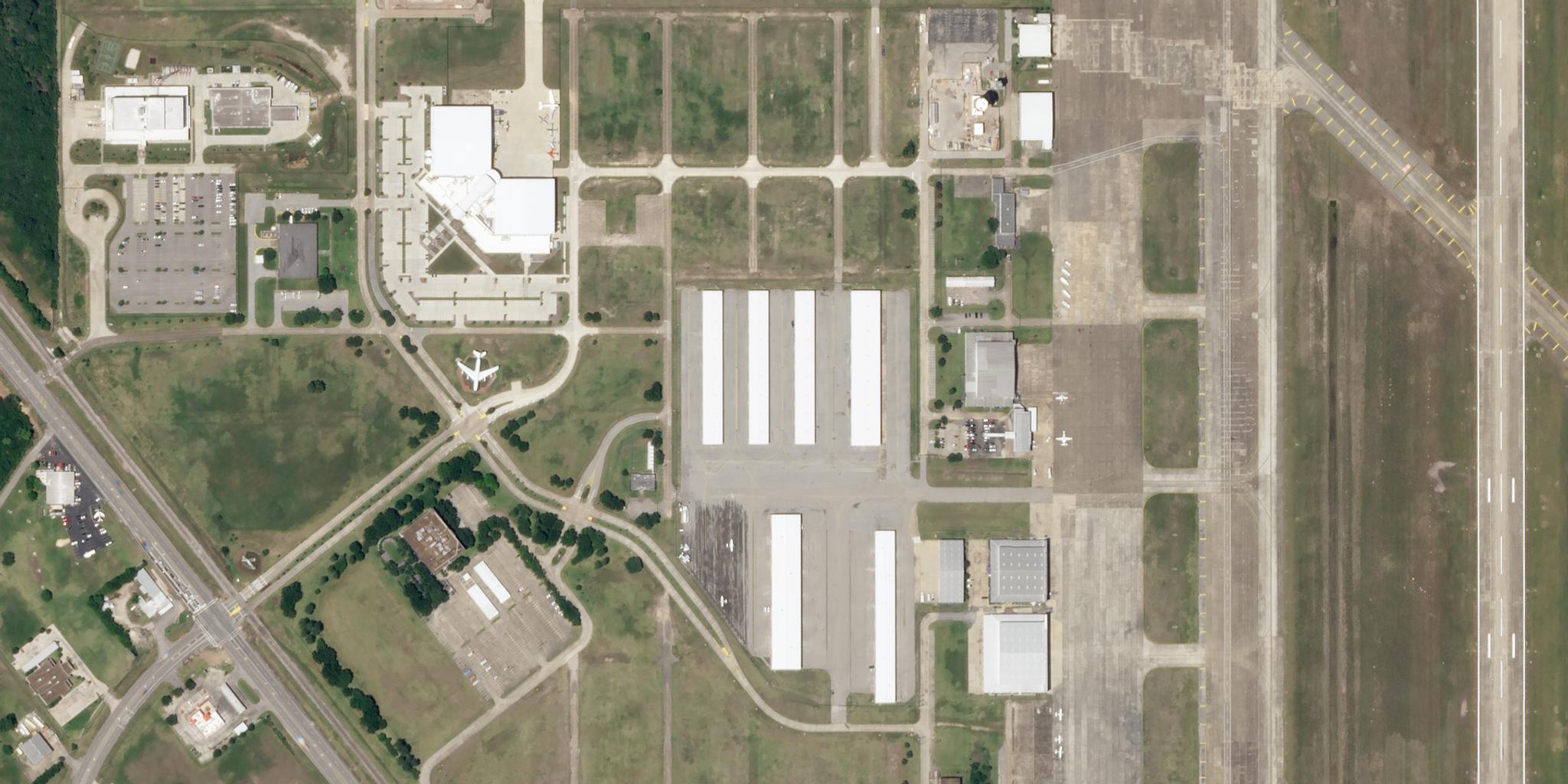Lisa McGill On What It Takes to Have a “Weird and Great” Aerospace Career
This is the second installment in the Stellar Minds series, where Planet employees are profiled and their accomplishments are highlighted. Keep checking the blog for upcoming features on remarkable people working in the aerospace industry today. Lisa McGill says the best way to succeed as an aerospace engineer is to do work that makes you stand out. From getting her B.S. in engineering mechanics and astronautics at the University of Wisconsin-Madison to working at NASA, Skybox and Google, McGill maps out her path to becoming Planet’s engineering manager in flight operations—a journey that includes watching sci-fi shows as a teen and riding NASA’s zero gravity “Vomit Comet.” Did you always know you wanted to be an aerospace engineer? Kind of. When I was in high school I was super into the show Stargate SG-1 and I loved space. But beyond that, I didn't understand how to get into the biz or what I wanted to do exactly. I knew that I needed a hands-on thing, but it wasn’t until I started checking out colleges that I realized engineering was the path for me. I like to joke and give my mom a hard time about how she didn’t prepare me for a career in engineering at all. Never once did she give me a clock to disassemble! What was she thinking? [caption id="attachment_144572" align="aligncenter" width="3432"]
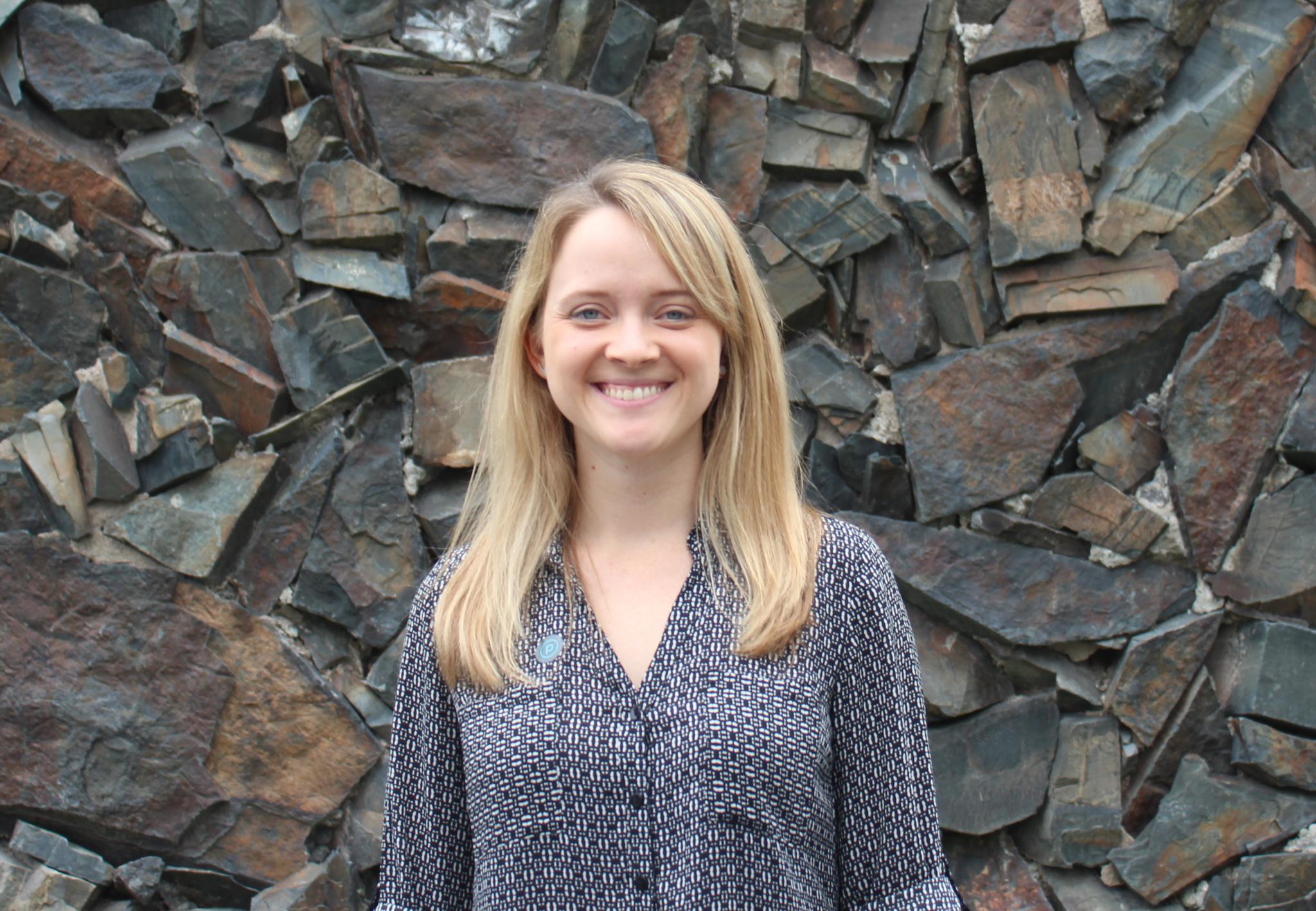
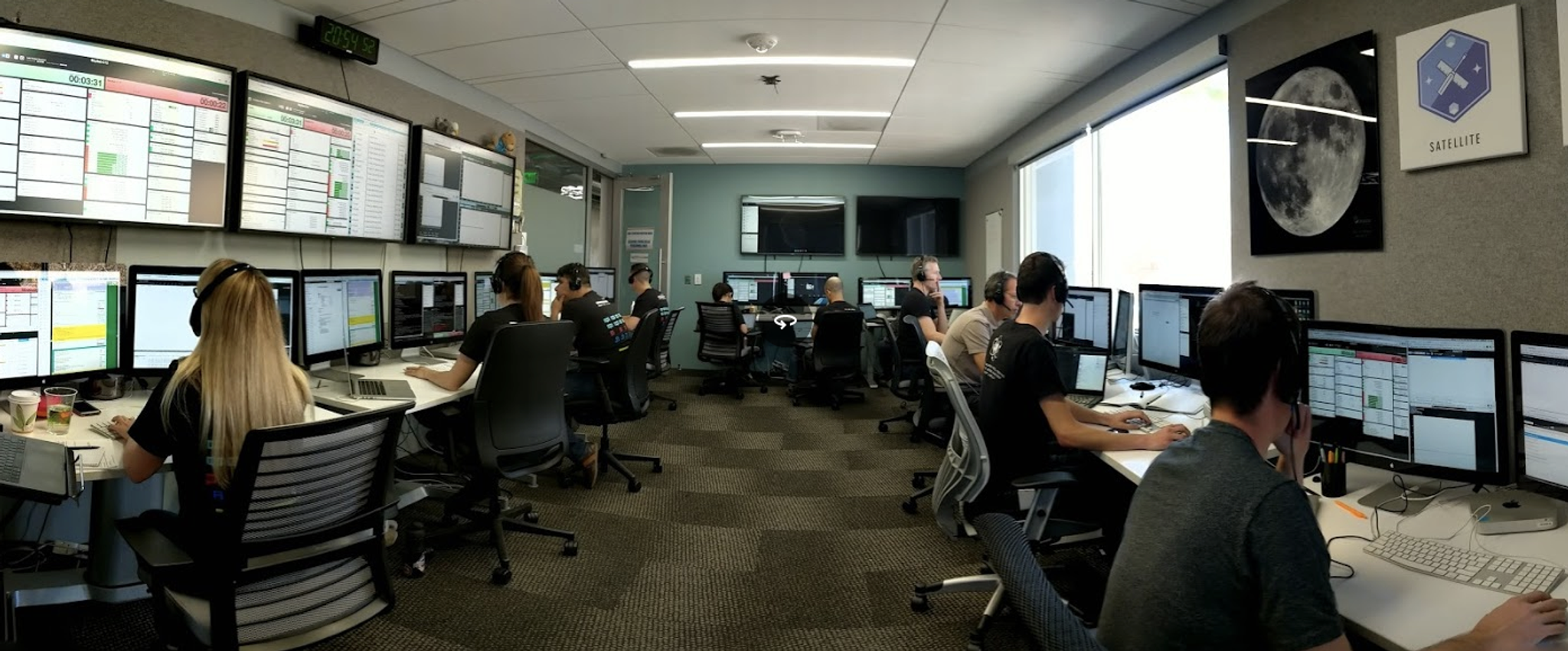

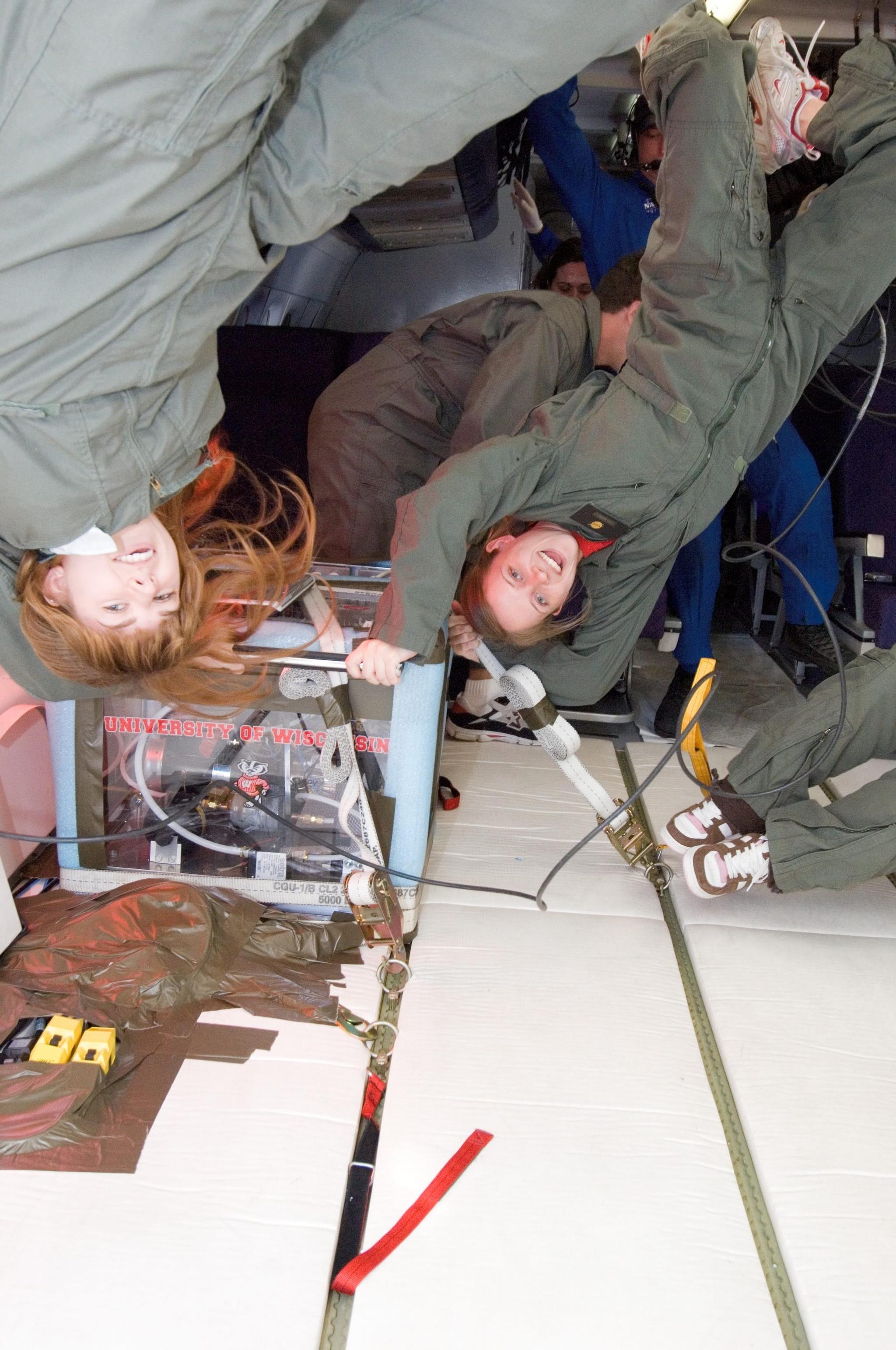
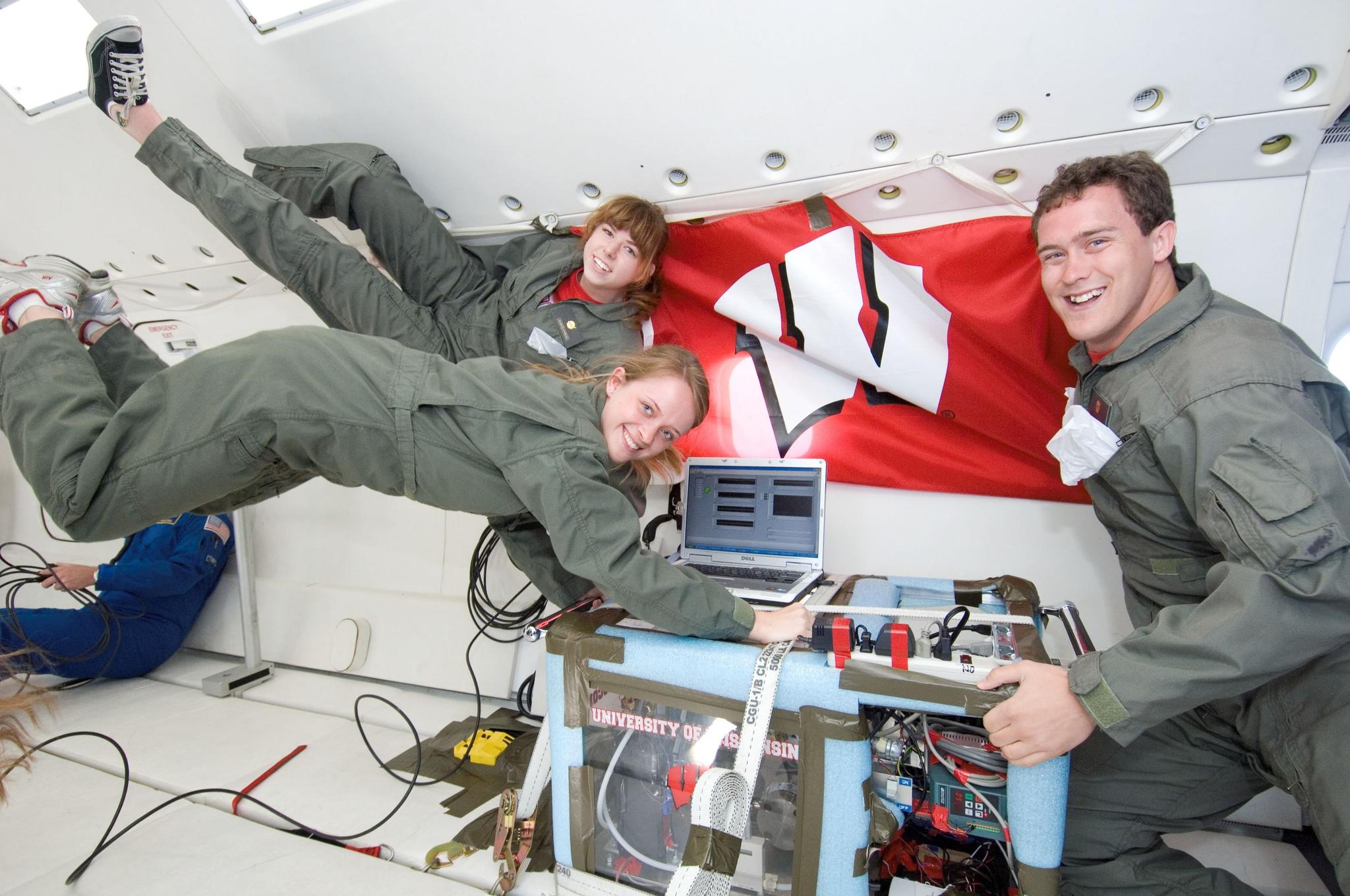

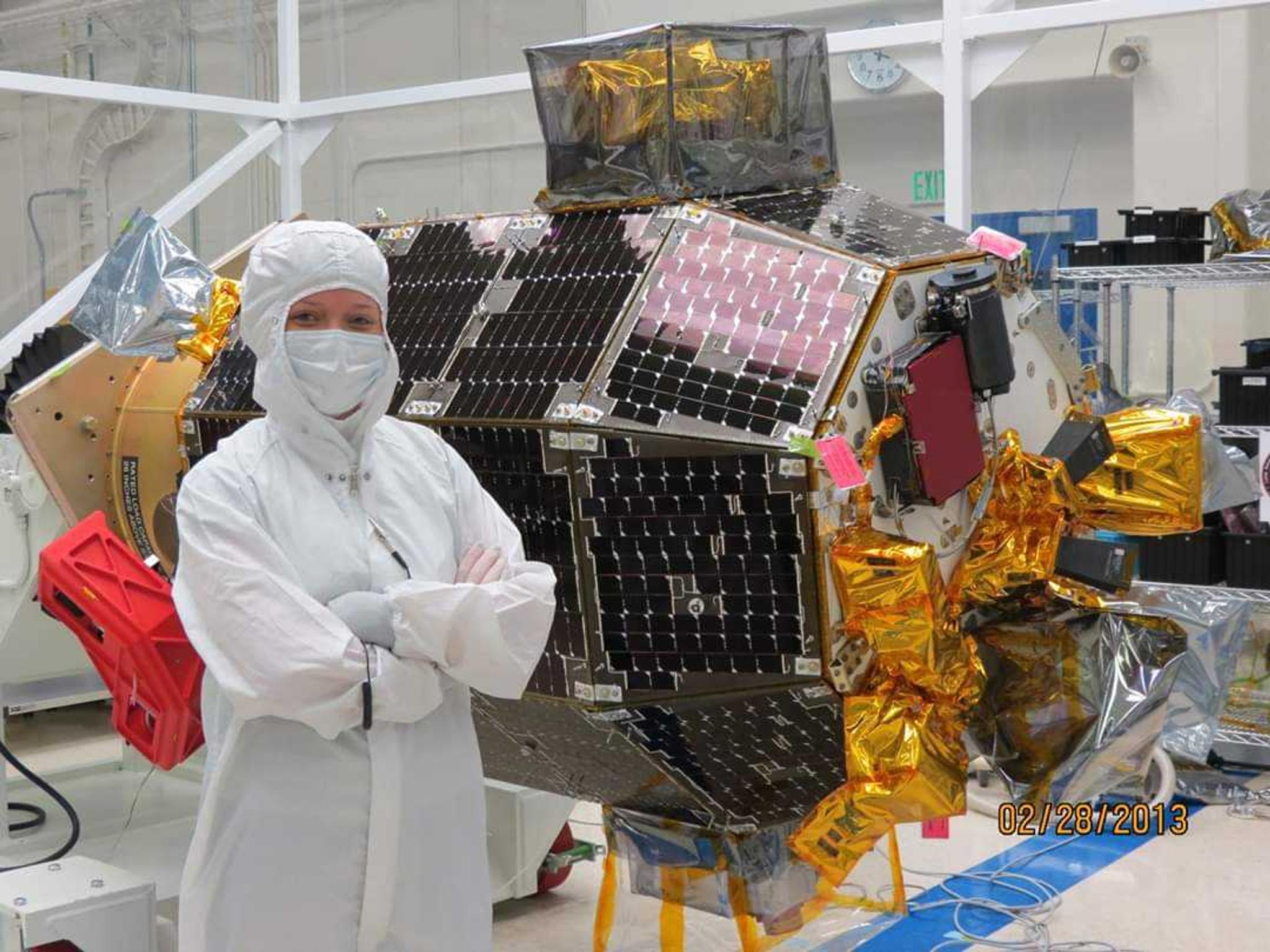

Ready to Get Started
Connect with a member of our Sales team. We'll help you find the right products and pricing for your needs


